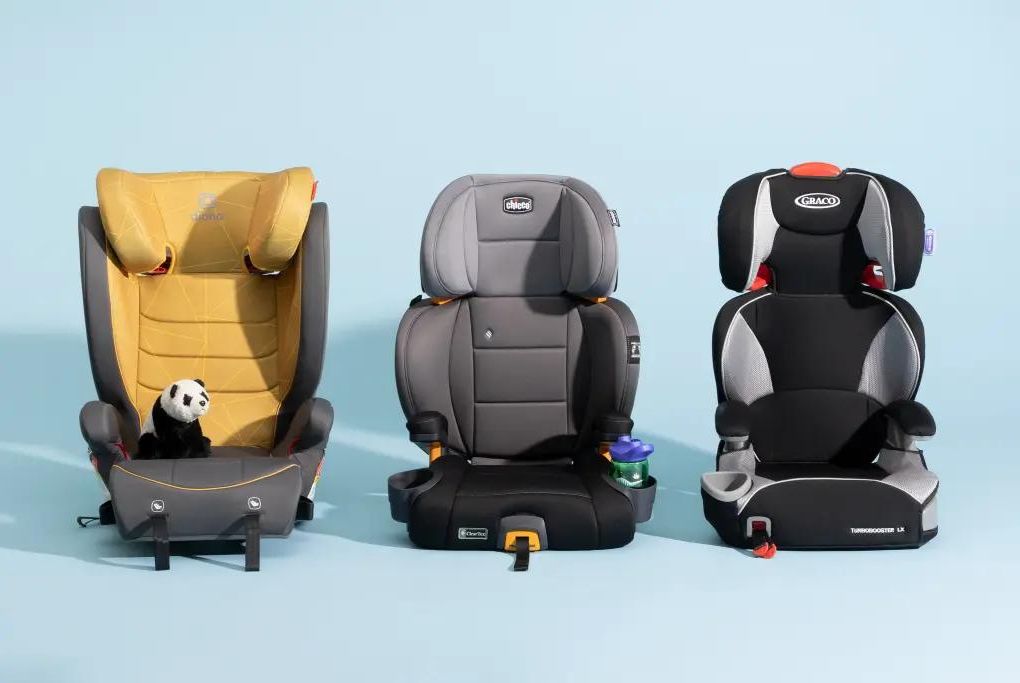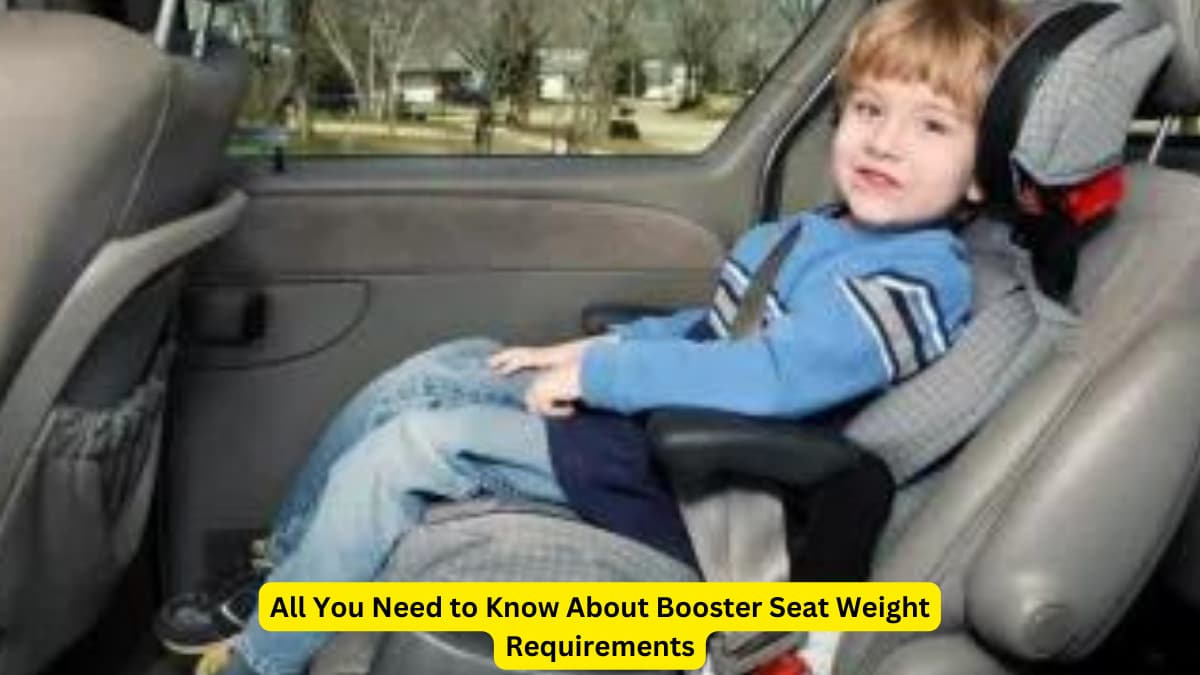All You Need to Know About Booster Seat Weight Requirements 2024
Let’s know all You Need to Know About Booster Seat Weight Requirements.
Booster seats play a crucial role in keeping children safe while traveling in a vehicle. It is essential to understand the weight requirements for booster seats to ensure that your child is properly protected. In this article, we will discuss the importance of booster seat weight requirements and how to choose the right one for your child.

Importance of Booster Seat Weight Requirements
Booster seats are designed to elevate children to the correct height so that the vehicle’s seat belt fits them properly.
- Enhances Safety: Booster seats reduce the risk of injury by ensuring that the seat belt is positioned correctly on the child’s body.
- Legal Requirement: In many jurisdictions, using a booster seat is a legal requirement until a child reaches a specific weight.
- Proper Fit: The weight requirements for booster seats are important as they determine if the seat will provide a proper fit for your child.
Choosing the Right Booster Seat
When selecting a booster seat, it is crucial to consider your child’s weight to ensure that the seat is appropriate and will provide optimal protection.
| Booster Seat Type | Weight Requirement |
| High-Back Booster Seat | Usually suitable for children weighing between 30-100 pounds. |
| Backless Booster Seat | Typically recommended for children weighing between 40-100 pounds. |
Check Our Previous Article:
| How to Reset Radio Without Code for Honda, Ford, VW, Audi, Mercedes, Mitsubishi and Nissan |
| How to Connect Your Phone to Car Radio Without AUX |
Be sure to check the manufacturer’s guidelines to ensure that the booster seat meets the weight requirements for your child.
Ensuring Proper Installation
To maximize safety, it is essential to install the booster seat correctly according to the manufacturer’s instructions.
- Secure Seat Belt: Make sure the vehicle’s seat belt is positioned properly over your child’s shoulder and across their lap.
- Stability Check: Ensure the booster seat is securely fastened to the vehicle seat and does not wobble or move excessively.
- Regular Inspection: Periodically inspect the booster seat to check for any signs of damage or wear and tear.
Final Thoughts
Understanding the weight requirements for booster seats is crucial for the safety of your child while traveling in a vehicle. By choosing the right booster seat and ensuring proper installation, you can provide the optimal protection for your little one. Always prioritize safety and follow the guidelines to make every journey a safe one.
Last Updated on April 18, 2024 by Brian Beasley

